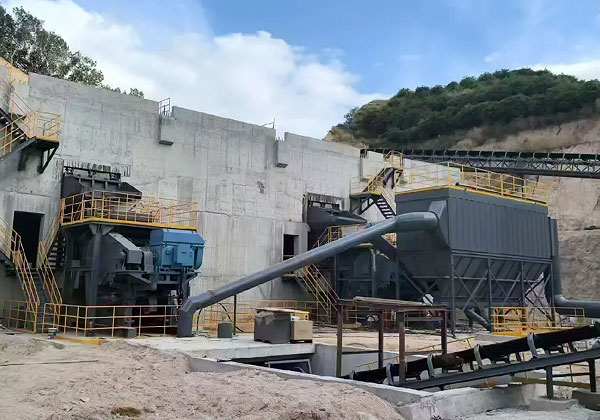Iron ore crushing production line solution
Iron ore is a vital raw material in the global steelmaking industry, and as the demand for high-quality steel increases, so does the need for efficient iron ore crushing production lines. Optimizing a crushing production line is critical for improving throughput, reducing operational costs, and enhancing product quality. Here’s a guide to help you optimize your iron ore crushing production line.
Understand the Material Properties
Before diving into the optimization process, it’s essential to understand the properties of the iron ore being processed. Iron ore comes in various types, including hematite, magnetite, and goethite. The hardness, moisture content, and impurities in the ore can affect the performance of the crushing system. By knowing these characteristics, you can choose the right equipment and parameters for optimal crushing performance.

Choosing the Right Crushers
The iron ore crushing process typically includes three key stages: primary, secondary, and tertiary crushing. Each stage is crucial for reducing the ore size to the desired output.
-
Primary Crushing: The first stage involves the primary crushing of large raw ore, which is typically achieved using a jaw crusher or gyratory crusher. These crushers are ideal for handling large volumes of material and reducing the ore to a more manageable size for further processing. The jaw crusher, in particular, offers a robust solution with high efficiency and reliability. It’s important to choose crushers with the appropriate feed size and throughput capacity to ensure optimal performance.
-
Secondary Crushing: After primary crushing, the ore is further reduced in size by secondary crushers, usually cone crushers or impact crushers. Cone crushers are often used for their ability to produce uniform-sized particles and their adaptability to a wide range of materials. Impact crushers, on the other hand, are effective for producing finer materials, especially in applications where a high-quality product is required.
-
Tertiary Crushing: The final stage of crushing often involves specialized equipment, such as vertical shaft impact (VSI) crushers or cone crushers, to ensure the final ore size meets the specifications.
Screening and Separation
After crushing, the ore typically undergoes screening and separation processes. Screening is essential for classifying the material by size, while separation techniques help remove impurities. Vibrating screens are commonly used in this stage to separate fine materials from coarse ones. For separation, magnetic separators are crucial for removing iron from unwanted minerals and ensuring the purity of the product. The efficiency of these processes can be optimized by selecting the right screen mesh size and magnetic separator power to match the ore characteristics.
Ensuring Product Quality and Compliance
Finally, product quality is paramount in iron ore crushing. Optimizing the crushing production line should always aim to produce high-quality ore that meets the specifications for downstream processing, such as pelletizing. Monitoring and adjusting crusher settings, as well as incorporating quality control checks at various stages, helps ensure the final product is within the desired size range and composition.
Optimizing an iron ore crushing production line involves choosing the right combination of equipment, employing smart maintenance strategies, managing energy consumption, and ensuring product quality. By focusing on these areas, mining operations can improve both efficiency and profitability while producing high-quality iron ore for downstream processing. With continuous advancements in technology and equipment, mining operations can further enhance the performance and sustainability of their crushing production lines.
